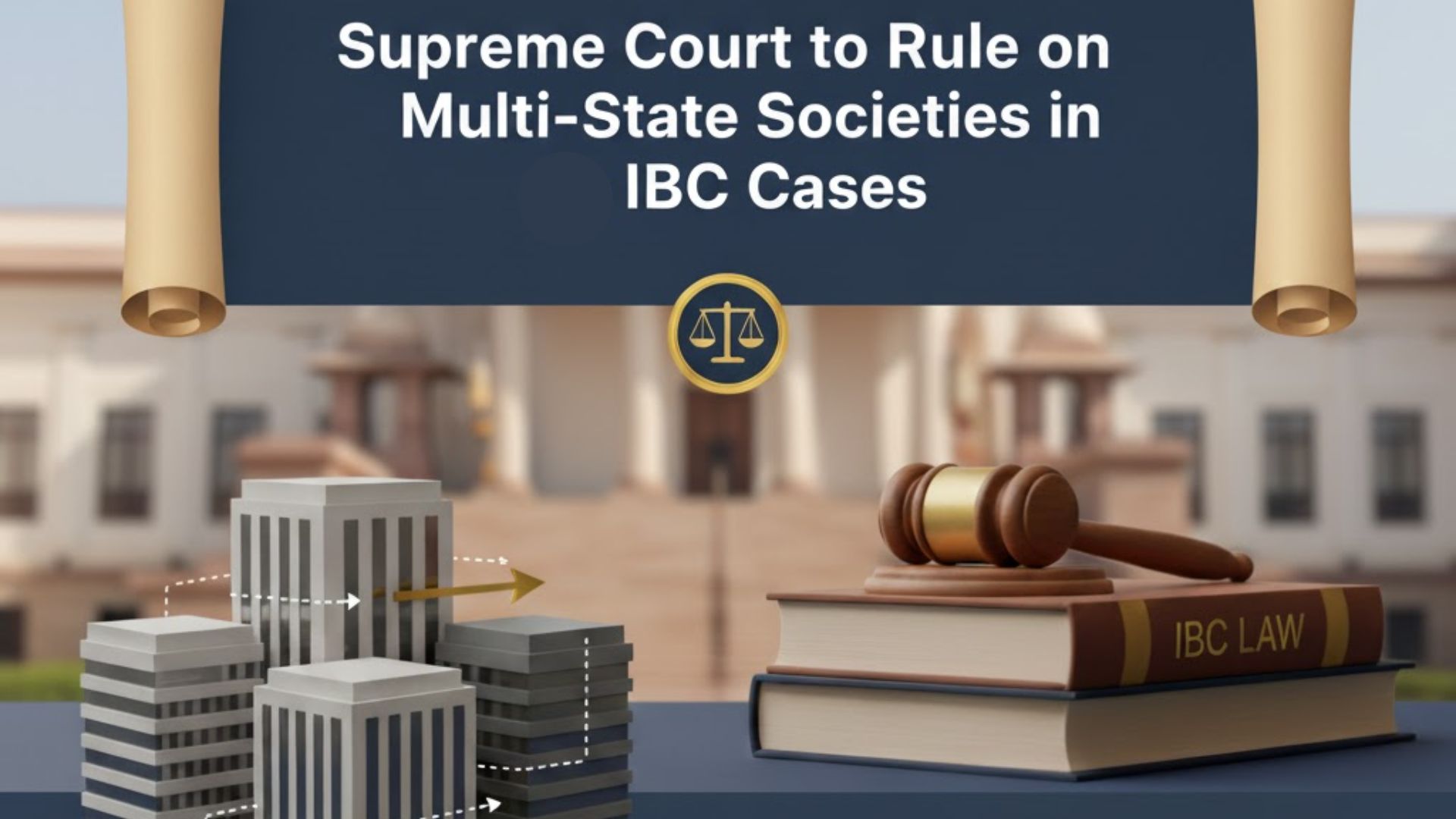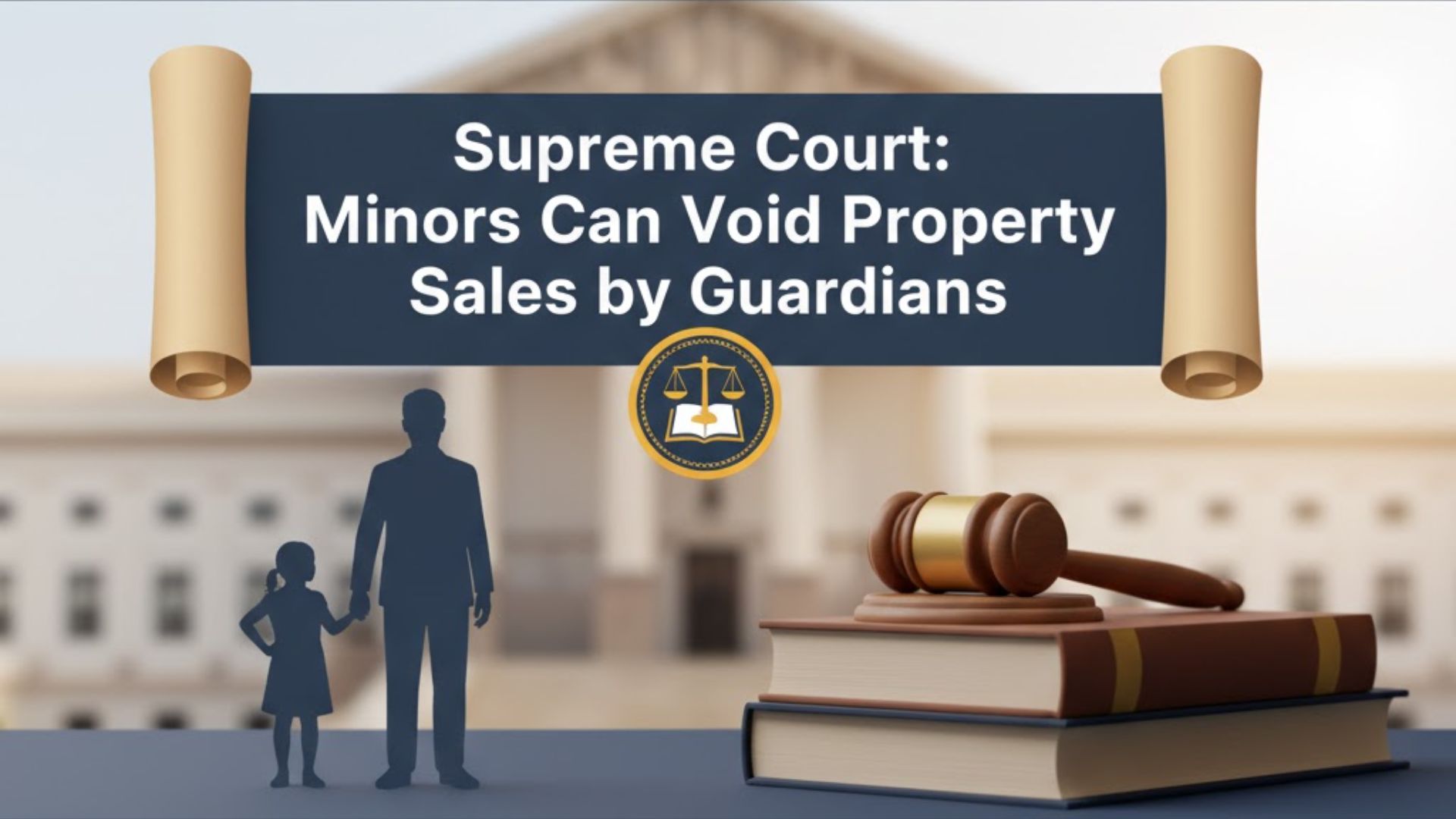Ruma Pal, J.@mdashThe issue involved in all these appeals relates to the compensation awarded in respect of land acquired under the Land
Acquisition Act, 1894 (referred to briefly as ''the Act'') The acquisition was made by the State of Haryana for constructing the Shahbad feeder.
The area acquired covered about 180 acres and cut through villages Garhi Banjaran, Telipura, Udhampur and Bhukri. For the purposes of the
acquisition, a series of notifications u/s 4 followed by declarations u/s 6 of the Act were issued between 1986 to 1987. The Land Acquisition
Collector awarded the same rate for all the four villages having regard to the nature of the land, namely, Rs.29,000/- for Chahi or irrigated land,
Rs.20,000/- for Barani or non-irrigated land and Rs.5,000/- per acre for Gairmumk in or non-cultivable land. The References u/s 18 were
disposed of by the District Judges by passing widely differing awards. These awards were subsequently challenged by the land owners from
villages Telipura and Garhi Banjaran before the High Court of Punjab and Haryana. The Single Judge of the High Court adopting a uniform rate for
all types of land in all the villages directed the State Government to pay each of the claimants compensation of Rs.1,72,000/- plus Rs.30,000/- per
acre, the latter sum being on account of potential value of the acquired land. The Division Bench of the High Court dismissed the State''s appeals
without giving separate reasons for upholding the decision of the learned Single Judge.
2. The appeals before us have been preferred both by the State of Haryana and the claimants challenging the compensation granted by the High
Court.
3. Mr. Neeraj Kumar Jain appearing for the State of Haryana has contended that the High Court was wrong in determining the value of the
acquired land at Rs.1,72,000/- per acre. The State had produced two sale deeds Exhibits R/2 and R/3 pertaining to a total area of 23 kanals and
4 marlas. The two deeds showed that the rate of land similar to the acquired land was Rs.29,000/- and Rs.37,000/- per acre. It was contended
that the learned Single. Judge had relying upon the decision of this Court in Baldev Singh and Others V. State of Punjab through Collector AIR
1996 SC 3498 excluded Exhibits R/2 and R/3 produced by the State from consideration on the ground that neither the vendor nor the purchaser
had been examined. It is pointed out that Baldev Singh''s case is no longer good law in view of the subsequent decision of this Court in Land
Acquisition Officer & Mandal Revenue Officer V. V. Narasaiah 2001 (3) SCC 530. . Secondly, it was submitted by Mr. Jain that the learned
Judge erred in relying upon Exhibit PC produced by the claimants which was a sale deed pertaining to an area of one kanal and 6-1-2 marlas only
which was contiguous to a main road. It was argued that Exhibit PC could not be an exemplar relevant tot eh lands which had been acquired which
not only covered a much larger area but were situated at some distance from any habitation or road. It was also submitted that in any event having
determined the market value, the learned Judge erred in adding any further sum on account of the alleged potential value of the land and that the
rate of Rs.30,000/- per acre fixed by the learned Judge for determining such potential value was entirely speculative.
4. Mr Vinay Kumar Garg, learned counsel appearing on behalf of the claimants, submitted that although the learned Judge may have rejected
Exhibits R/2 and R/3 on a principle which was unsustainable, no prejudice was caused to the State as both Exhibits were photostat copies of sale
deeds and could never have been admitted in evidence. It was further submitted that the High Court had taken into consideration the fact that
Exhibit PC relied upon by the claimants related to a small piece of land and that is why as against the stated price of over Rs.2,40,000/- per acre in
Exhibit PC, the learned Judge had deducted 30% from the stated price and determined the value for the acquired land at Rs.1,72,000/- per acre.
It was emphasised that Exhibit PC was executed prior to the date of the notification u/s 4 of the Act and correctly reflected the market value of the
acquired land as it pertained to land of similar nature. Our attention was drawn to one of the proceedings before the District Judge u/s 18 where
evidence had been led to the effect that the land acquired in village Telipura was within the municipal limits of Jagadhri, next to Bilaspur-Jagadhri
road and as far as the land acquired in Garhi Banjaran was concerned, the evidence showed that the acquired land was about 1 K.M. from
Jagadhri and that there were a poultry farm, petrol pump, octroi post, industries, hospital and banks near the land. The learned counsel then relied
upon the decisions of this Court in Hasanali Walimchand (Dead) by Lrs. V. State of Maharashtra 1998 (2) SCC 388 as well as The Collector,
Raigarh V. Dr. Harsingh Thakur and another and vice versa 1979 (1) SCC 236 to sustain his argument that the High Court was correct in
awarding an amount on account of potential value over and above the market value of the acquired land.
5. Counsel for the State was right when he submitted that the High Court erred in rejecting Exhibits R/2 and R/3 as inadmissible only on the ground
that the parties to the documents had not been examined by the State. It is not the law that a certified copy of a registered agreement for sale is
inadmissible in evidence unless the parties tot eh document are examined to prove it. That would be contrary to what Section 77 read with Section
74(2) and 76 of the Evidence Act, 1872 and more specifically Section 51A of the Act provide. As far as the provisions of the Evidence Act are
concerned, a certified copy of the registered sale deed is admissible in evidence and does not need to be proved by calling a witness. (See
Ramappa V. Bojappa AIR 1963 SC 1633, 1637) .
6. Section 51A of the Act is to the same effect. In Land Acquisition Officer & Mandal Revenue Officer V. V. Narasaiah (supra), it was held that
by virtue of Section 51A, a certified copy of a document registered under the Registration Act, 1908 including a copy u/s 57 of the Act may be
accepted as evidence of the transaction recorded in such documents. It is open to the Court to accept the certified copy as reliable evidence and
without examining parties to the documents. This does not however preclude the Court from rejecting the transaction itself as being malafide or
sham provided such a challenge is laid before the Court.
7. In Baldev Singh V. State of Punjab (supra), the sale deeds produced by the claimants were challenged as collusive. It was alleged that the sale
transactions had been entered into only for the purpose of inflating the market value in anticipation of acquisition proceedings. It was in this context
that the learned Judges of this Court held:
...There is no proof of passing of the consideration thereunder or the circumstances in which the documents came to be executed. Under these
circumstances, all the documents are inadmissible in evidence and cannot be looked into.
8. The decision is not an authority for the proposition that the certified copy of a registered sale deed is inadmissible in evidence without proof of
the execution of the documents by the vendor/purchaser or any other witness.
9. In the present case, there was no allegation by the claimants that Exhibits R/2 and R/3 did not represent genuine transactions and the High Court
was in error in refusing to consider the transactions evidence therein merely because the parties to the documents were not examined.
10. The submission of the learned counsel for the claimants that Exhibits R/2 and R/3 were in any event inadmissible because they were merely
photostat copies of sale deeds was not a ground of appeal raised by the claimants in any of the appeals preferred by them from the decision of the
District Judge. The original records are not before us and it is not possible to state with any certainty whether the original certified copies of
Exhibits R/2 and R/3 had or had not been produced by the State in any of the proceedings u/s 18. Although the references u/s 18 had been
decided on the basis of Exhibits R/2 and R/3, in the absence of any challenge on this score before the High Court by the claimants, the High Court
did not address itself to this aspect of the matter at all. Therefore, the matter will have to be remanded to the High Court to take a decision on the
market value of the acquired land taking into consideration Exhibits R/2 and R/3 unless the claimants are permitted by the High Court to establish
their inadmissibility.
11. We are left with the question whether the High Court could have granted a further amount on account of potential value over and above the
market value by way of compensation. u/s 23(1) of the Act, in determining the amount of compensation to be awarded for land acquired under the
Act, the Court shall take into consideration the market value of the land at the date of publication of the notification u/s 4, sub-section (1). The
state does not allow for payment of any further amount on account of ''potential value'' over and above the market value, Besides ''market value''
means exactly what it says viz. the price which the asset would or could be expected to fetch in the open market. Where a property has the
potentiality of more profitable use, it will command a better price than property without such potential. In other words, potentiality forms part of the
market value and may be a factor to be taken into account for the purpose of determining the market value. But once the market value is
determined, there is no question of awarding any further amount in addition thereto by reason of any further future potential. The decision relied
upon by the claimants do not hold to the contrary.
12. In The Collector, Raigarh V. Dr. Harisingh Thakur (supra), agricultural land had been acquired. There was evidence to show that the lands
were potentially building sites. The finding was supported by the fact that the acquired land had in fact been used for construction of staff quarters.
This Court held that it would be wrong to assess the market value only on the basis of its use at the time of acquisition and that the market value
should be determined not only with reference to the actual condition of the property at the time of acquisition but also on its future potentiality.
12. Similarly, in Hasanali Walimchand V. State of Maharashtra (supra) when the High Court had calculated the market value of the land only on its
existing use without taking into consideration its future potential, this Court set aside the judgment of the High Court. Neither of the decisions cited
held that the Court could award any amount on account of potential value over and above the market value. The High Court, therefore, erred in
granting an additional sum on account of ''potential value'' in addition to the market value.
13. For the aforesaid reasons, we set aside the decision of the High Court and remand the issue as to the market value of the land to be re-
determined by the High Court in the light of the observations in this judgment.
14. All the appeals preferred by the claimants are accordingly dismissed and the appeals preferred by the State are disposed of accordingly. There
will be no order as to costs.

